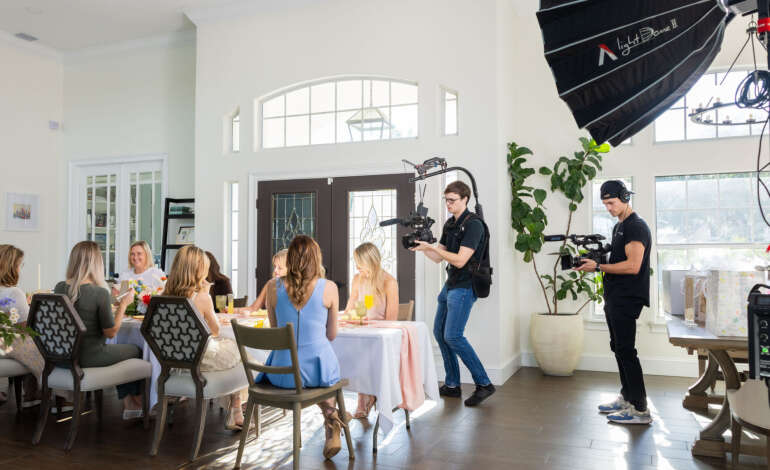Every business has a story — not the kind printed on a brochure or buried on an “About Us” page, but the real story.The story of why you started.The people you serve.The passion that keeps you moving forward. Brand videos take that story and bring it to life.And here in Orlando, where the competition is strong and attention spans are…











